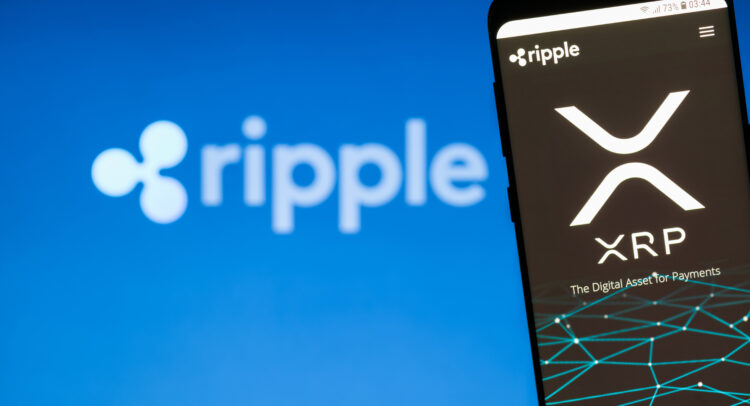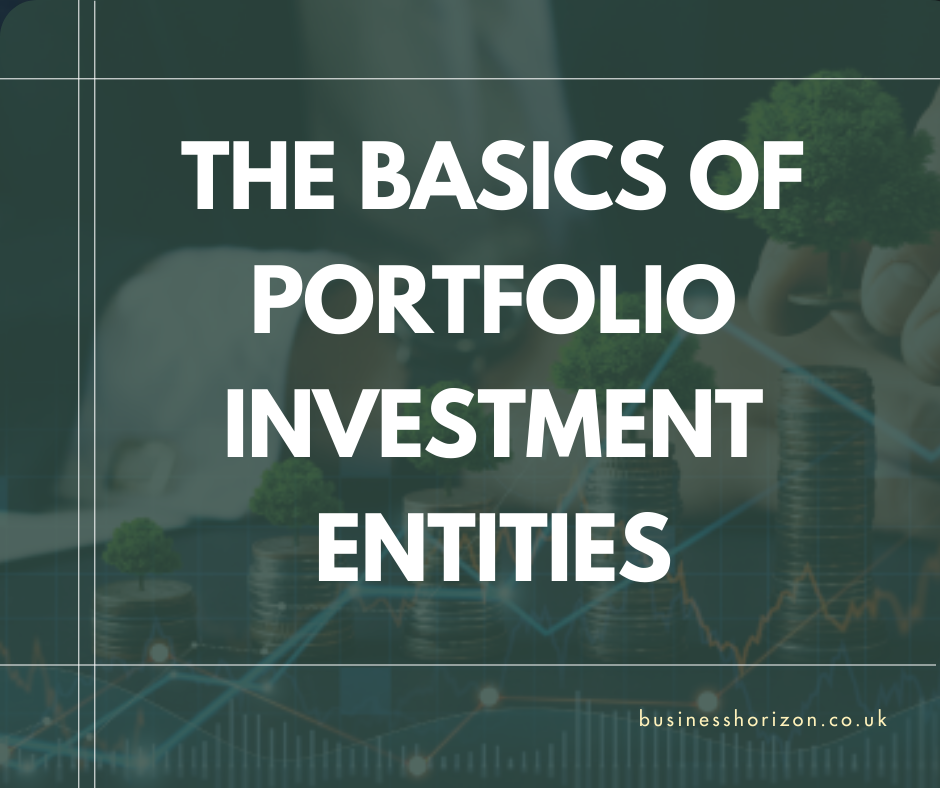Ripple’s XRP has been a hot topic in crypto for a long time. Some see it as a game-changer in cross-border payments, while others think regulatory uncertainty makes it too risky. So, if you’re thinking about putting your money into XRP in 2025, is it worth it?
Well, it depends on a few key things—its use case, adoption, legal battles, market trends, and competition. Let’s break it all down in simple terms so you can decide if it’s a smart bet or one to avoid.
What Is Ripple and How Does XRP Fit In?
Ripple is a blockchain-based payment system designed to make international transactions faster and cheaper. Unlike Bitcoin, which is focused on decentralisation, Ripple works with banks and financial institutions to improve the way money moves across borders.
XRP is the cryptocurrency that powers Ripple’s network. It helps facilitate instant transactions by acting as a bridge between different currencies. Instead of waiting days for a bank transfer, XRP can move funds in seconds with very low fees.
The key thing to remember is that Ripple and XRP aren’t exactly the same. Ripple is the company, while XRP is the digital asset they promote. Ripple owns a huge amount of XRP, which has caused some controversy over centralisation concerns.
What’s Happening with Ripple in 2025?
Before deciding if XRP is a good investment, it’s important to look at where Ripple stands this year. A few big things are shaping its future:
1. The Legal Battle with the SEC
For years, Ripple has been fighting a lawsuit with the U.S. Securities and Exchange Commission (SEC). The SEC argued that XRP was sold as an unregistered security, which led to a major lawsuit that shook the crypto world.
In 2023, Ripple scored a partial victory when a court ruled that XRP itself wasn’t a security when traded on public exchanges. But the case isn’t fully closed, and ongoing legal issues could still impact its price.
If Ripple can put the lawsuit behind it and gain regulatory clarity, it could be a huge win for investors. But if legal troubles drag on or new restrictions emerge, XRP could struggle.
2. Adoption by Banks and Businesses
Ripple has been working with financial institutions for years, and some major banks have tested its technology. The big question is: Will more banks adopt it in 2025?
Ripple’s main product, RippleNet, helps banks settle cross-border payments quickly. Some institutions use it without XRP, but if more banks start using XRP itself, demand could rise—potentially driving the price up.
A growing number of businesses are also looking at blockchain for payments, and Ripple is well-positioned to take advantage of this shift. If real-world adoption increases, XRP could gain long-term value.
3. Market Conditions and Crypto Trends
Crypto markets go through cycles of boom and bust. If Bitcoin and other major cryptocurrencies perform well in 2025, XRP will likely benefit too.
Right now, investors are looking at factors like:
- Regulation – Will governments crack down on crypto or support it?
- Institutional Investment – Are big players like hedge funds and banks putting money into crypto?
- Macro Trends – Is inflation rising? Are interest rates changing?
If the overall market is bullish, XRP could see strong gains. But if the economy struggles or regulations tighten, crypto prices could drop—including XRP.
Price Predictions for XRP in 2025
No one can predict crypto prices with certainty, but let’s look at some possibilities based on different scenarios.
- Bullish Case (Optimistic) – If Ripple wins its legal battles, gains more adoption, and the crypto market thrives, XRP could reach $3 to $5.
- Neutral Case (Moderate Growth) – If XRP keeps steady adoption but faces some challenges, it might trade between $1.50 and $2.50.
- Bearish Case (Negative Outlook) – If regulations tighten, adoption stalls, or the market crashes, XRP could stay below $1 or even drop further.
A lot depends on how things play out over the next year. If you’re considering investing, keep an eye on the news and market trends.
Should You Invest in XRP in 2025?
Deciding whether to invest in XRP in 2025 comes down to several factors—your financial goals, risk tolerance, and belief in Ripple’s future. There’s no simple yes or no answer, so let’s break it down further.
Who Might Find XRP a Good Investment?
1.Long-Term Believers in Ripple’s Vision
If you’re confident that Ripple will continue expanding its partnerships with banks and financial institutions, then XRP could be an attractive investment. Ripple has already secured agreements with banks and payment providers worldwide, and if this trend continues, demand for XRP may rise.
A few key developments to watch:
- More adoption by banks – If financial institutions fully integrate XRP into their payment systems, the token could see increased utility and price appreciation.
- Expansion into new markets – Ripple has been targeting regions like Asia, the Middle East, and Latin America, where cross-border payments are in high demand.
- Use in central bank digital currencies (CBDCs) – Some central banks have explored working with Ripple’s technology for digital currencies, which could boost XRP’s legitimacy.
If you believe that Ripple will remain a dominant force in blockchain-based finance, then holding XRP could be a strategic long-term play.
2.Investors Comfortable with Legal and Regulatory Risks
While Ripple has made progress in its legal battle with the SEC, regulatory uncertainty isn’t fully gone. If you’re okay with some level of risk, XRP could still be worth considering.
- If Ripple wins full regulatory clarity, XRP could see a significant price jump.
- If regulations tighten, XRP could face restrictions in some countries, limiting its growth.
Keeping up with legal developments is key—investors who can react quickly to major news might gain an edge.
3.Risk-Tolerant Investors Looking for High Returns
Cryptocurrency, in general, is a high-risk, high-reward space. XRP is no exception. If you’re willing to deal with price swings and potential setbacks, XRP could be a valuable addition to a speculative portfolio.
Some investors look at historical price movements and speculate on future gains. For example:
- In 2017, XRP skyrocketed from around $0.006 to over $3 in less than a year.
- After the 2020 SEC lawsuit, XRP dropped below $0.20 but later rebounded above $1 in 2021.
- By 2024, it was fluctuating between $0.50 and $1, showing resilience despite ongoing legal issues.
If another major crypto bull run happens, XRP could follow the trend, potentially delivering strong returns. But as always, past performance doesn’t guarantee future results.
Who Might Want to Avoid XRP?
1.Investors Seeking Stability
If you prefer stable investments with predictable returns, XRP might not be for you. Unlike traditional assets such as stocks or bonds, XRP can see massive price swings within days or even hours.
- A tweet from a major figure, a regulatory decision, or market-wide fear can send prices plummeting.
- Unlike some cryptos that generate passive income (such as staking rewards on Ethereum), XRP doesn’t provide steady returns.
If you want a safer bet in crypto, you might consider Bitcoin or Ethereum, which have more institutional backing and wider adoption.
2.Those Uncomfortable with Ripple’s Centralised Control Over XRP
While Ripple promotes itself as a decentralised network, some critics argue that XRP is too centralised because Ripple Labs owns a significant portion of the supply.
- Ripple regularly sells XRP from its escrow holdings, which some investors worry could put downward pressure on the price.
- Unlike Bitcoin, which operates on a fully decentralised network, XRP relies on a system of validators that Ripple has some influence over.
If decentralisation is a key factor in your investment decisions, you might prefer alternatives like Bitcoin or even other payment-focused cryptocurrencies like Stellar (XLM).


